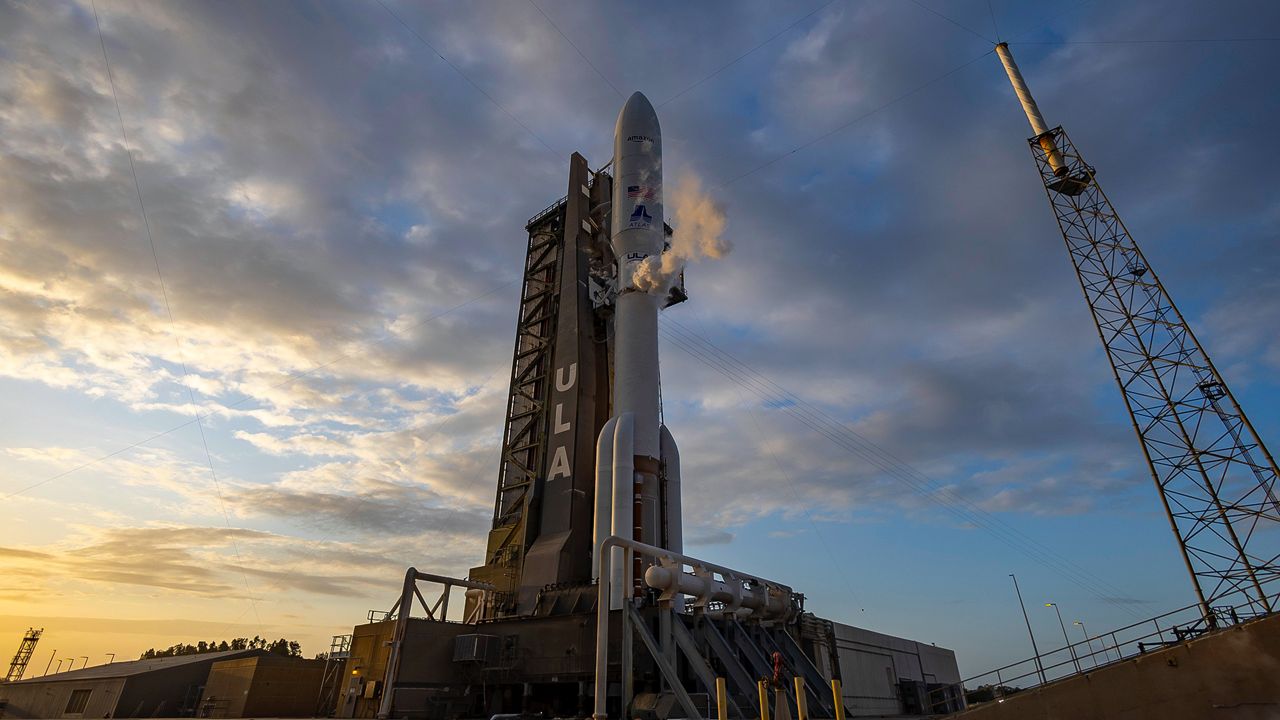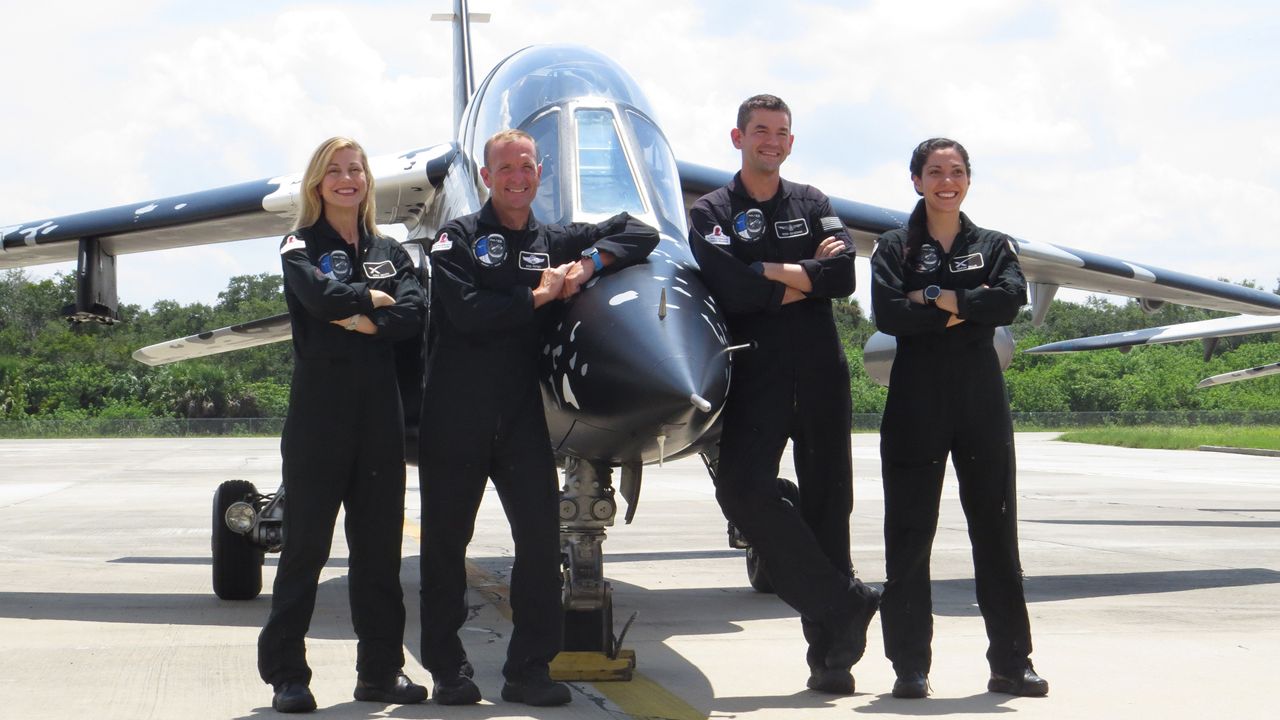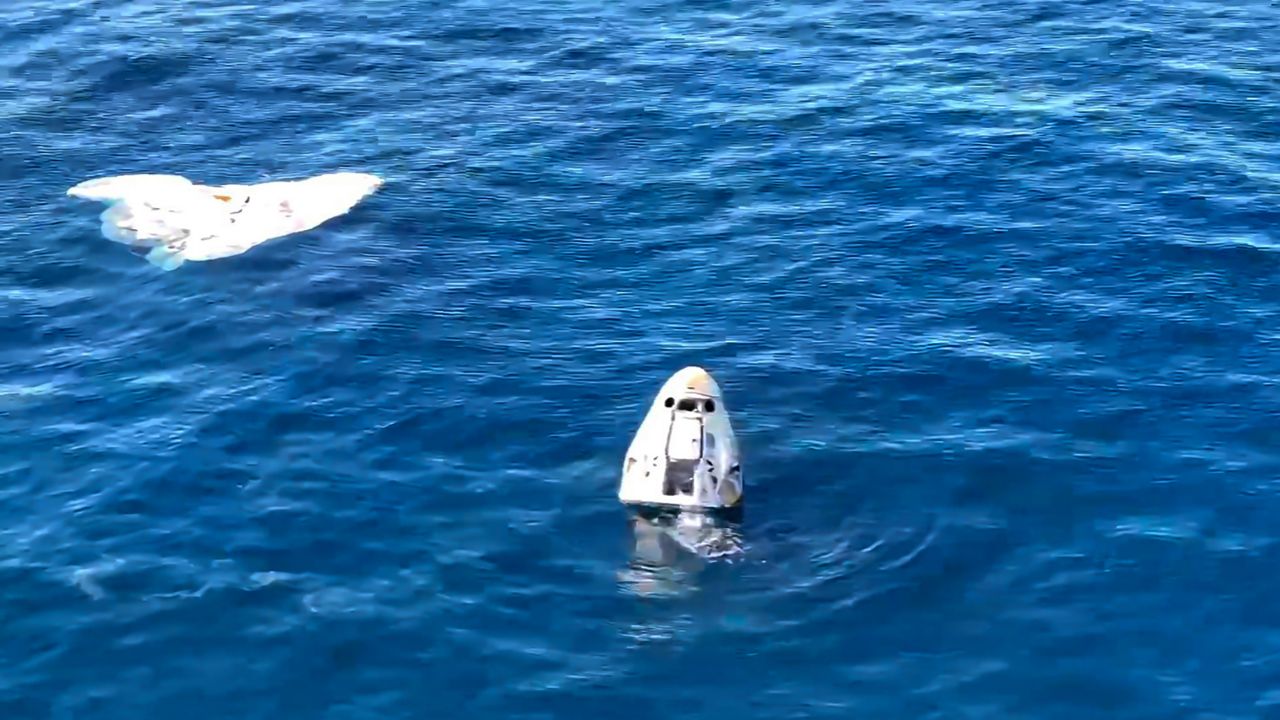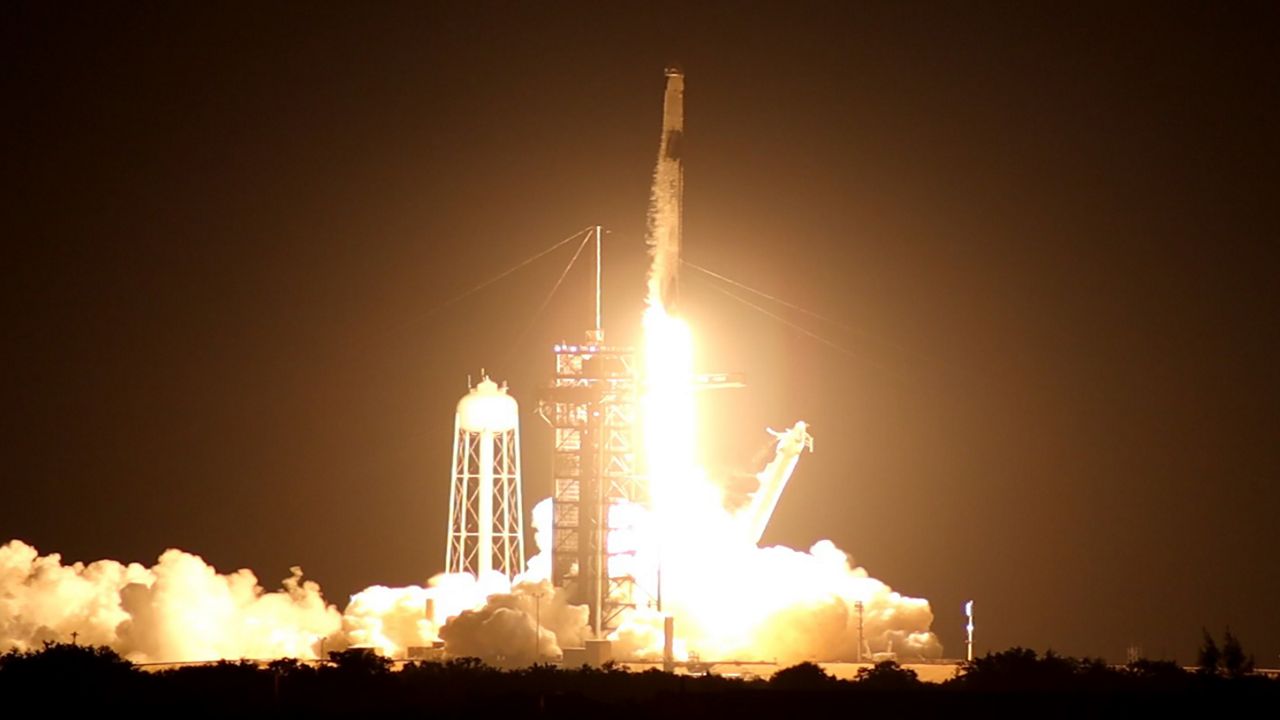CAPE CANAVERAL SPACE FORCE STATION — The latest stage of the Boeing Starliner saga has come to an end as the capsule returned back to Earth early Saturday morning without its crew after undocking from the International Space Station.
What You Need To Know
- The uncrewed Starliner safely landed after undocking from the International Space Station
- Starliner undocked from the International Space Station at around 6:04 p.m. ET, Friday
- The Starliner has suffered helium leaks that affected the service module’s five aft/rear reaction control system maneuvering thrusters
- NASA decided to return the capsule without the pair of NASA astronauts, letting them to remain on the International Space Station
- Learn about the tale of Starliner and then discover how it will return to Earth
- Get more space coverage here ▶
- 🔻Look at the interactive timeline of the Starliner mission🔻
- 🔻Scroll down to watch Starliner's re-entry🔻
Returning to Earth
The Starliner gently landed back down to Earth without any apparent issues at a landing zone at White Sands Space Harbor in New Mexico at approximately 12:01 a.m. ET on Saturday, Sept. 07, confirmed NASA.
The #Starliner spacecraft is back on Earth.
— NASA Commercial Crew (@Commercial_Crew) September 7, 2024
At 12:01am ET Sept. 7, @BoeingSpace’s uncrewed Starliner spacecraft landed in White Sands Space Harbor, New Mexico. pic.twitter.com/vTYvgPONVc
Its journey started at 6:04 p.m. ET, Friday, after the capsule, named Calypso, was undocked from the International Space Station’s Harmony module and started its near six-hour commute back to Earth.
The uncrewed #Starliner spacecraft is backing away from the @Space_Station after undocking from the Harmony module's forward port at 6:04pm ET (2204 UTC). pic.twitter.com/uAE38ApiJw
— NASA (@NASA) September 6, 2024
Starliner had to return home without its crew due to issues with helium leaks that impacted the service module’s five rear reaction control system maneuvering thrusters.
(Scroll down to learn more about the Starliner's troubled history and why it could not return home with its crew.)
The working maneuverable thrusters pushed the capsule away from the station and the other thrusters performed some firings at certain moments to get the Calypso in the right position as it returned to Earth, confirmed NASA officials.
Eventually, the service module, where the troubled thrusters and operational ones are located, detached itself from the crew compartment and burned up before re-entry.
"... the spacecraft firing its larger orbital maneuvering and attitude control thrusters, providing the power necessary to re-enter Earth’s atmosphere," explained NASA.
And speaking of re-entry, things got a bit hot.
“During re-entry to Earth’s atmosphere, the spacecraft will begin to slow down from orbital velocity at 17,500 miles per hour (28,164 kph) …,” NASA described before the commute took place. “The spacecraft’s forward heat shield will be jettisoned after re-entry, having completed its work protecting the parachute system, and two drogue and three main parachutes will further slow Starliner’s descent.”
As the base heat shield was detached, six primary airbags were deployed at the bottom of the capsule to help soften the landing as the Starliner gently fell at 4 mph (6 kph) at the landing zone at White Sands Space Harbor.
After the Starliner landed it will be collected as NASA and Boeing teams will inspect the capsule and go over the data collected by onboard instruments and other tools to figure out what went wrong with the Calypso and what improvements can be made, explained the U.S. space agency’s Commercial Crew Program Manager Steve Stich during a press conference on Wednesday.
The Starliner will be sent to Florida’s Kennedy Space Center for the inspection process.
The long saga of Starliner
Originally, the Boeing Crew Flight Test was set to take off on Monday, May 6, 2024. NASA astronauts Cmdr. Barry “Butch” Wilmore and pilot Sunita “Suni” Williams were on board Boeing’s $4.2 billion Starliner, which was sitting on United Launch Alliance’s Atlas V rocket.
The test was part of NASA’s Commercial Crew Program, which is designed to work with U.S. aerospace companies to build spacecraft and rockets to send technology and astronauts from American soil.
However, before taking off from Launch Complex-41, NASA and Boeing announced that it was scrubbing the maiden crewed launch due to an issue with an oxygen relief valve.
Once that was resolved, a few launch dates and attempts came and went after the discovery of helium leaks hounded the mission.
NASA officials said they would launch the mission with the helium leak, which happened on Wednesday, June 5.
But more problems were discovered during the docking of the Starliner to the space station on Thursday, June 6: Four more leaks were found — bringing the total to five leaks — and the reaction control system thrusters that help maneuver the craft to the ISS failed. The five thrusters did not work but eventually four were re-selected and working. The fifth one has been turned off since then.
The Starliner’s helium leaks (believed to be from a faulty seal) has affected the service module’s five aft/rear reaction control system maneuvering thrusters.
What was supposed to be about an eight-day mission has turned into an eight-month operation after NASA finally decided that Wilmore and Williams will return on Boeing’s competitor SpaceX’s Dragon capsule during the Crew-9 mission.
Originally, Crew-9 was going to have four members, but NASA shaved that down to two to make room for Wilmore and Williams. The mission is currently set to launch on Sept. 24 and will stay on the space station until February 2025.











